Ficha 4 × 1
Date: 21/11/2012 to 22/11/2012
Saímos of: Bahia de Los Angeles, Baja California (BC) – Mexico
Total distance: Approximately 300km.
Where to sleep: In the barracks in the only hotel there Sierra.
Filled Tire : More power to witness an archaeological park of the origin of American man amidst so vast desert, cultivated by a people humble and hardworking.
Final destiny: Sierra de San Franisco, Sul Baja California (BCS) – Mexico
Travel time: About 5 hours with stops, including San Ignacio em.
What we eat good: It was our first experience eating beans for breakfast! ![]()
Tire murcho: Unfortunately we noticed a certain indifference of the government with the current situation of the park. Missing some quirks. Improvements would also need to conserve input, give explanatory plaques, increase in callouts and a branch in the actual tour that is offered.
Path: Always follow the Carretera Federal 1 (Mexico 1) always guiding us through the boards and local guidelines. To get to ask guidance in Serra San Ignacio, where is the INAH (National Institute of Anthropology and History).
Surrounded by two seas that cut the peninsula in countless beaches and bays, the Baja California, frightfully, also houses in its interior a narrow desert dry and extreme. With low rainfall and very strong winds, El Vizcaíno desert hosts an abundant number of animal and plant species that have adapted to these conditions and earned him the title of Biosphere Reserve by Unesco. But that's not all! O deserto El Vizcaino hides, inside, mysteries of human life dating back more than 3.000 years old!!
We left the bay of los Angeles after breakfast. We went after the best information about Sierra de San Francisco and the famous cave paintings hidden inside their dens. There were hundreds of kilometers traveled south and we went into our second Mexican state - Baja California Sur - where we were greeted by a huge dry vegetation, stony soil and cactaceous and more rugged stretch of Baja, surrounded by tall hills and mountains.
The first stop was in the town of San Ignacio to glean more information on how to make the visit to the archaeological site of the Sierra de San Francisco. Our research, mainly blog do 1000 day for the Americas, us that we needed a pointed advance permission to visit the "Caves" where the paintings were. It was just before the 16h when stopped at INAH (National Institute of Anthropology and History) to take away our doubts and buy tickets to ride one of the best known sites in the region: the Mouse Cave. Although this is the more traditional visit, the INAH has shown us that there are other views that can be made to see the cave paintings, some of these, lasting until 3 days, includes mounting a mule that takes the visitor into the mountains on a long stretch of downhill and then up camp right there on the nature of the site. It really seemed very interesting! But due to our budget constraints and our script we still had long defined by Baja, we chose only the simple visit to Mouse Cave.
We returned a few kilometers north by road Mexico 1 and hamper the paved road that leads into the mountains of El Vizcaino Desert. That path leads to the flat expanse of parched soil and cactaceous, goes towards the imposing wall on which it is situated Sierra of San Francisco.
We walked the final stretch of a few miles we came in very rugged and rustic, e only, Sierra da ali hotel. Impeccably clean and very tidy, Today the hotel is mainly maintained by owner Yandira, who received us. But due to our constant search for lower costs decided to sleep in the tent and just enjoy the food made by the Yandira there in the kitchen of the small hotel. The temperature falls a lot during the night, but nothing compared to the cold nights of Alaska! Hahaha ![]() We went to bed early.
We went to bed early.
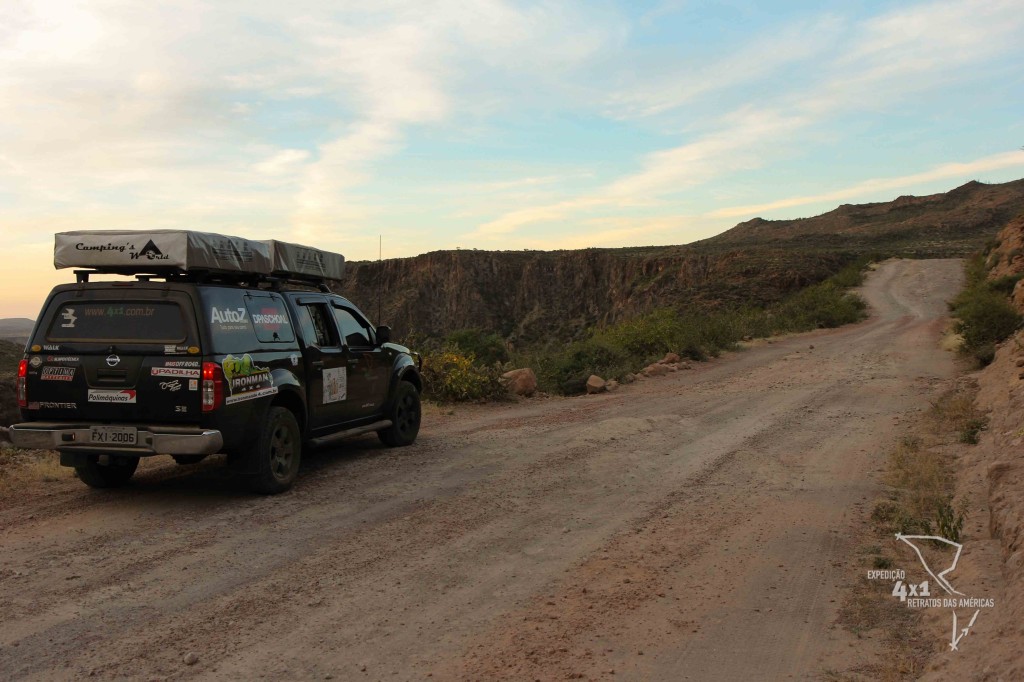
Start of final stretch: Chaos and bumpy road (Sierra de San Francisco, Sul Baja California – Mexico)
No dia seguinte por volta das 9h conheceríamos o senhor Jose que seria nosso guia na visita à Mouse Cave. The cave gets its name from one of its major paintings probably a deer, in which the ancient inhabitants thought to be a large rat, que lhe renderam to alcunha de 'ratón'. The paintings dating there were probably made by people Cochimi, from North America, and are of very high quality to international standards. They are dated between 1100 and 1300 a.c. and were found in the eighteenth century by a Jesuit missionary named Francisco Javier, in its passage through the region in search of colonization of primitive peoples there. Mysteries and beliefs lend an air of fable to some of the paintings: traditional beliefs say that the drawings were made by giant men, since some people have shown more than 2m! They also point to a mystical-religious content with men who seem sorcerers. But most of the paintings show hunting scenes and various animals of the region. Due to lack of information in terms of location and our visit restricted to only one cave, less than 1 hours we were back at the hotel.

The deer (ou ratón – believed as the first discoverers of paintings) that gave rise to the name of Cueva!
The hotel itself and Mouse Cave ficam populated outskirts of the small of the Rancho San Francisco. Near 100 People live there and, second in informaram, There are other smaller ranches here in the Sierra. Some of its residents work as guides, while others are devoted to subsistence activities in the region. Around 7:30 am, Walking distance to 5 minutes (even before the visit to Mouse Cave) Since hosting the rustic ranch until centrinho, allowed us to examine more closely the inhabitants of those routine.
A humble little church gives and colorful welcome. Humble cottages are scattered around the town's only school there. At that hour of the morning, there who is watering the flowers from her colorful little garden and someone is sweeping the driveway. Father and son play for the goats in the pen while boys and girls play ball in the schoolyard. Clearly we were weird that reality, yet all greeted us with a smile and a 'good morning '.
But it was strange to see, return in that short walk, one of those very frightened goats tied in the trunk of a tree. And when we came back from cueva del Raton, hours, Só encontrava-ali to be corda that amarrava, some of its innards and bloodshed that left a trail into the kitchen of hosting. Our fear is something so trivial to their reality, reveals how we really are urban guys!
It was more an experience that fulfilled its role in our ongoing transformation. ![]()
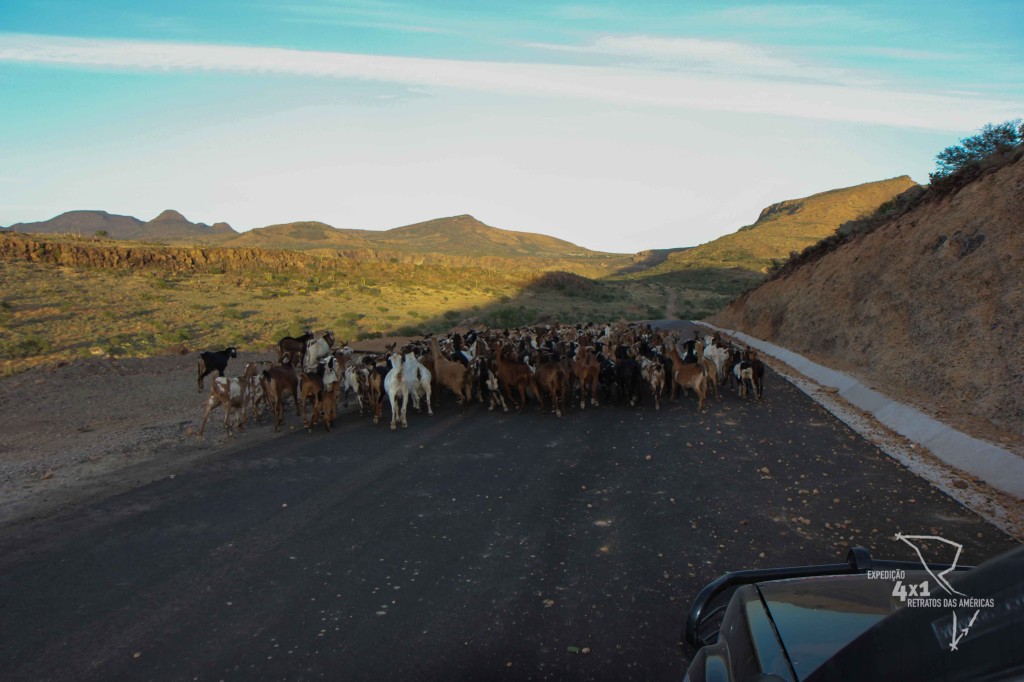
The numerous goats on the ranch will open the way to Tanajura off the Sierra de San Francisco (Sul Baja California, Mexico)
Click here to see more photos of Sierra de San Francisco!

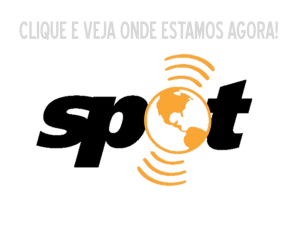


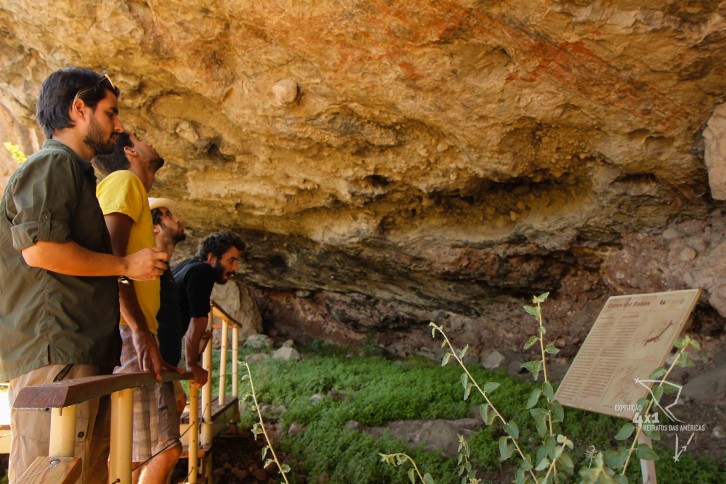
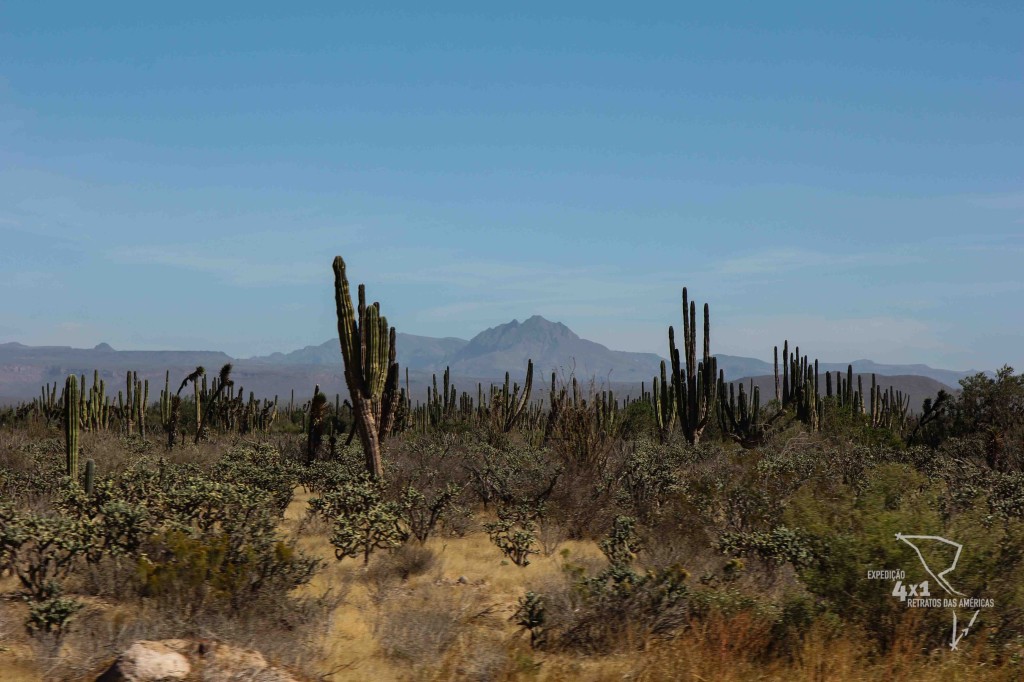



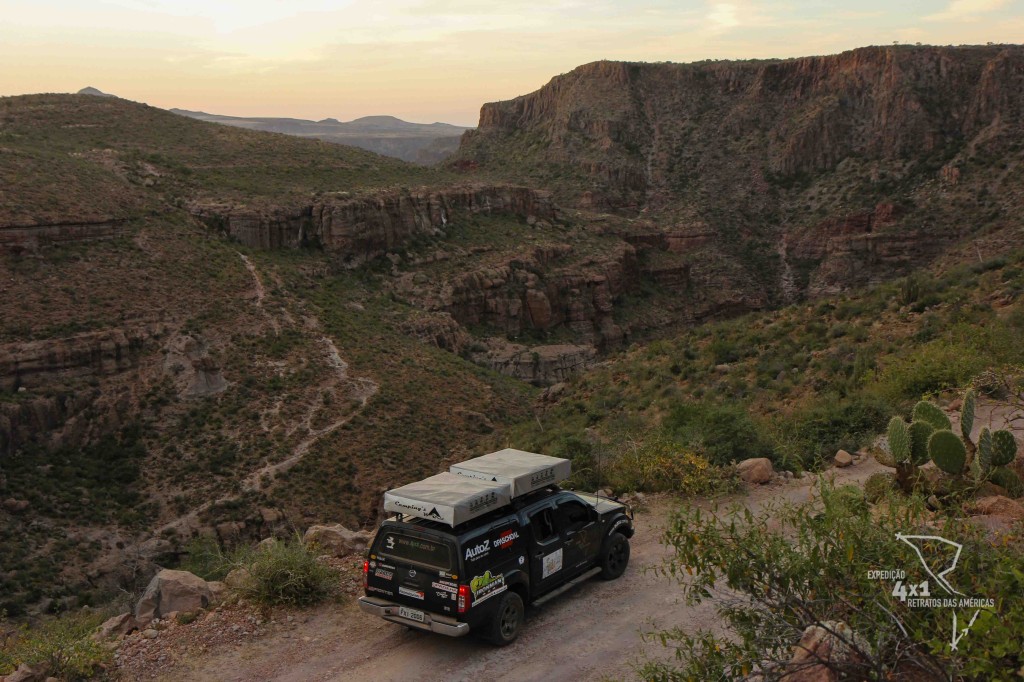


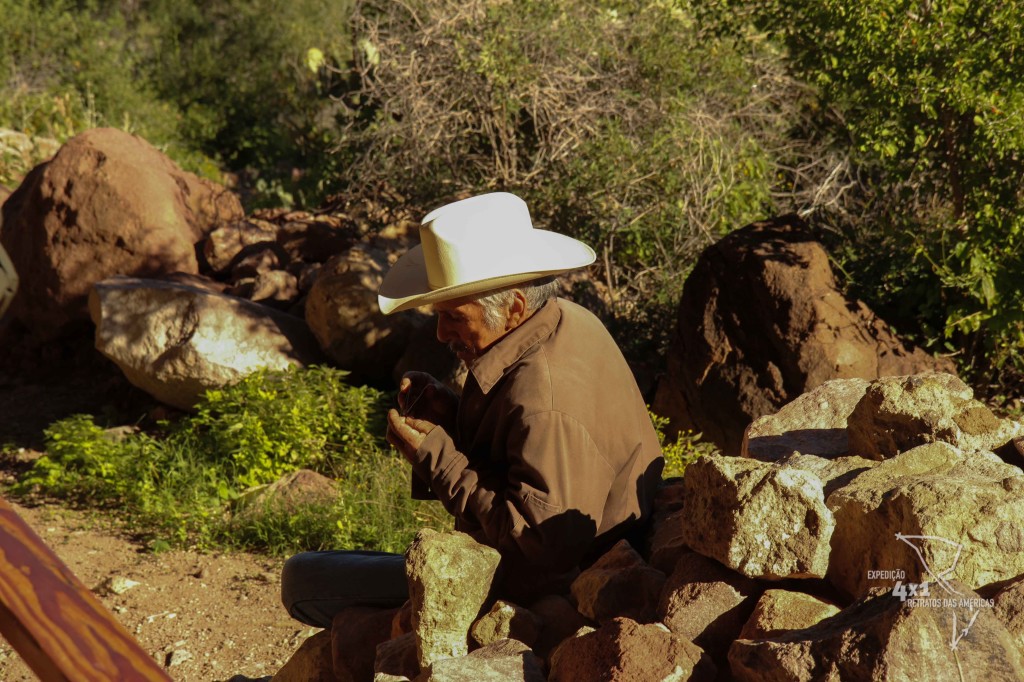

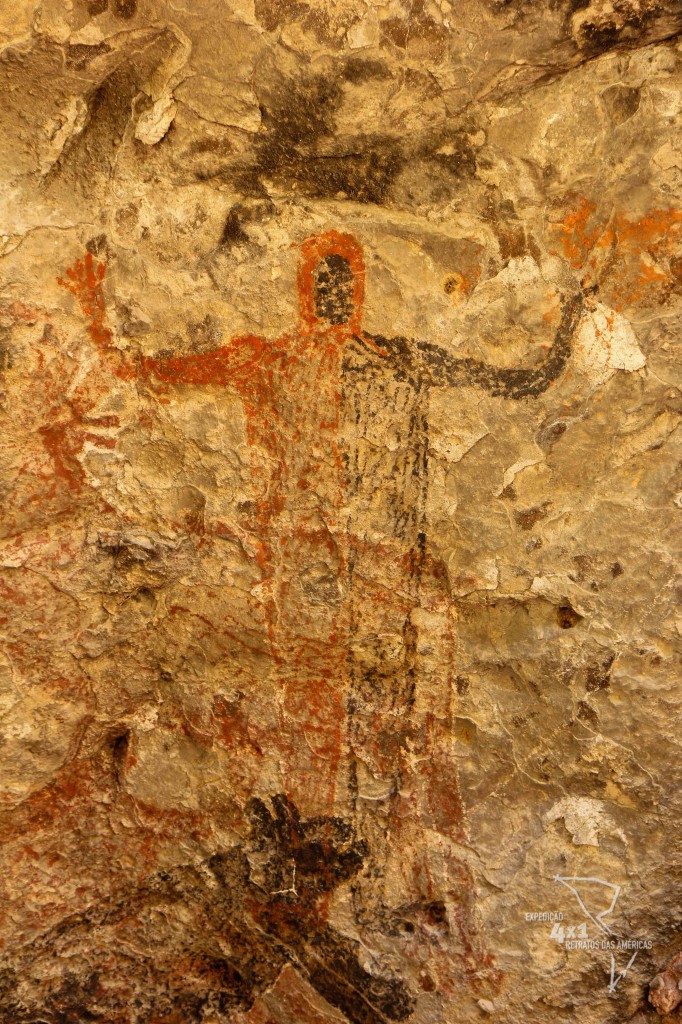
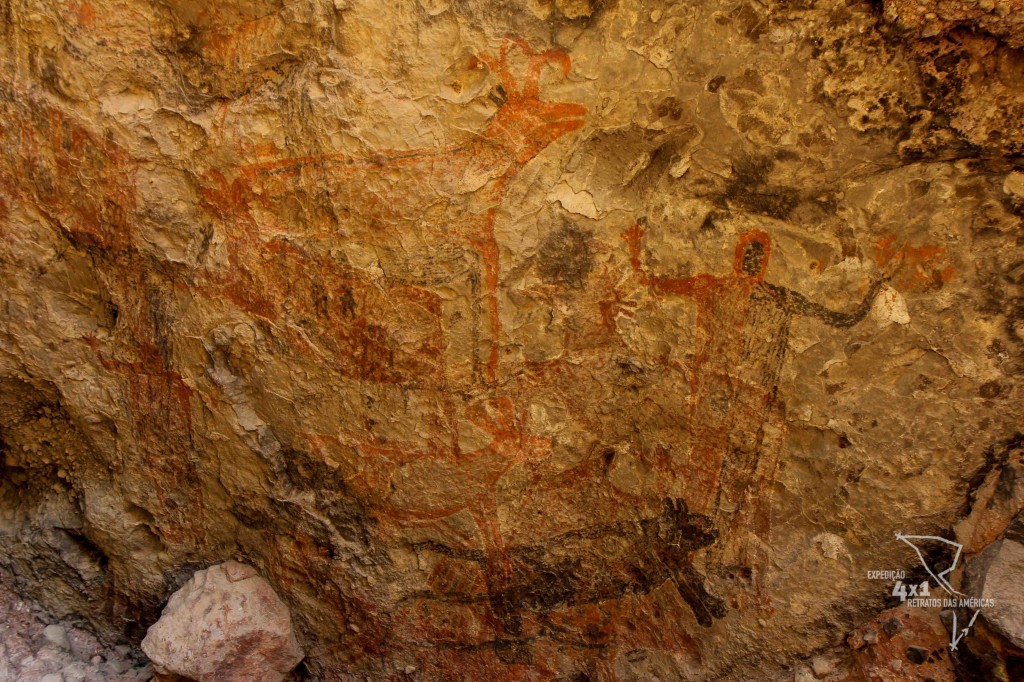
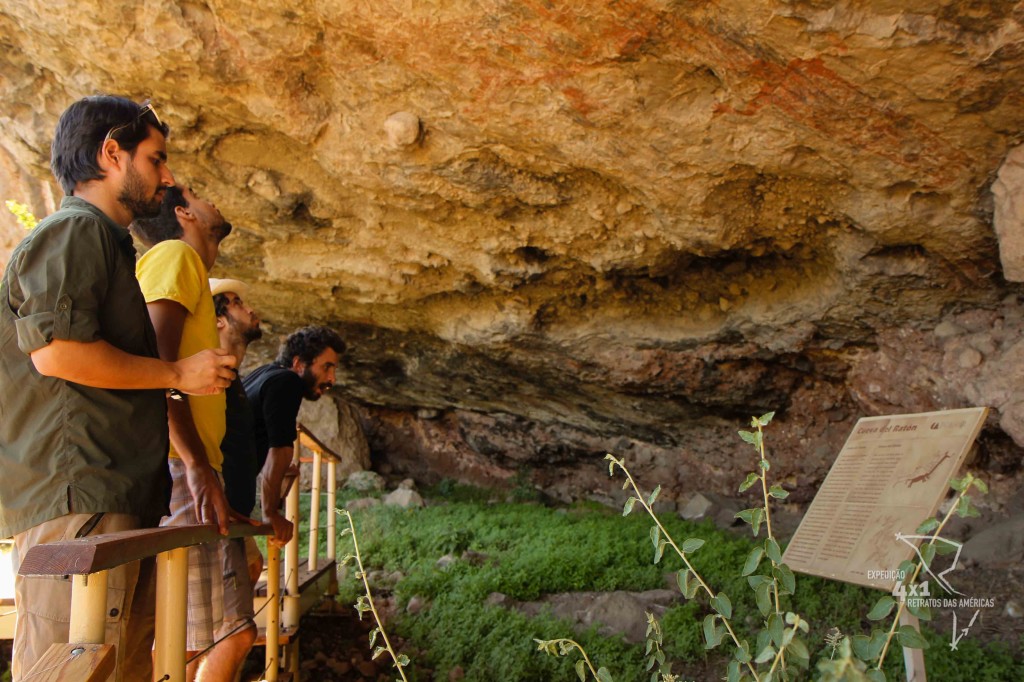
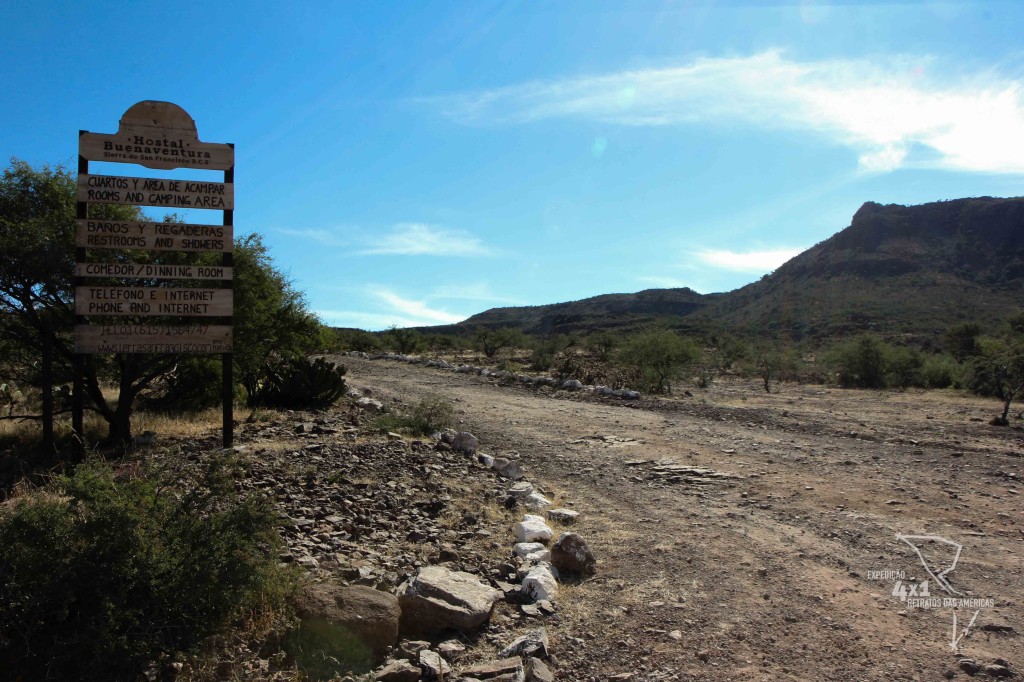





1 Comment
Garotos Urbanos, é por isso que as verduras, legumes, raizes e sementes ganham cada vez mais espaço na culinária mundial.